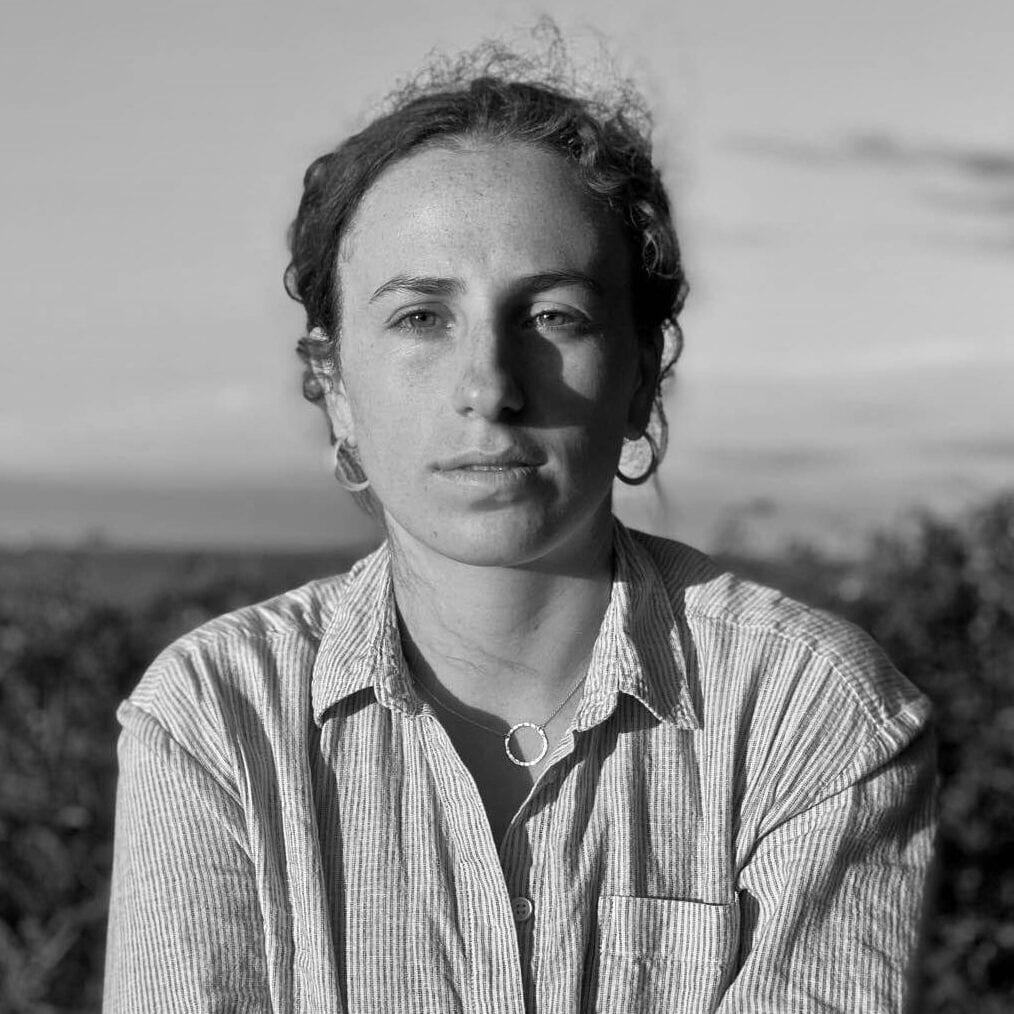At the end of April, Lebanon’s Tripoli witnessed some of the most violent clashes between security forces and protesters since anti-government demonstrations exploded across the country in October. One protester, Mouna Moussi, told MEMO the clashes turned the city into a “war zone”.
“At night [Tripoli turned] into being a conflict zone… there were live bullets… rubber bullets… you could hear Kalashnikov… the way the police and the army was present reflected [like] it was preparing to be a war zone,” Moussi says.
For over six months, Lebanese have been on the streets, denouncing years of corruption and mismanagement that has brought the country to the brink of economic collapse. During that period, Beirut, Sidon, Tyre and Tripoli have all witnessed violent clashes between security forces and protesters. Why then has Tripoli become a hotspot for violence, and what happened in the city at the end of April?
In late April, protesters in Tripoli started staging rallies outside politician’s homes, in complete violation of the national coronavirus curfew. Protesters showed they fear hunger more than the deadly disease. Ibrahim Haydar, a Tripoli-based protester says the virus “can’t distract us from our hunger and economic situation that we’re in”.
READ: Lebanon renews curfew as coronavirus cases resurge
The global pandemic has exacerbated Lebanon’s debilitating economic crisis and added to the rising numbers living in relative poverty. The strain is felt acutely in Tripoli, one of the poorest areas of the country, with an estimated unemployment rate of 50-60 per cent.
One major problem is that many of Tripoli’s families rely on daily wages from jobs which have been barred since mid-March because of the nationwide lockdown. Tripoli resident Jimmy Karam explains: “If they don’t work, they won’t be able to put food on the table.”
Some residents do have savings, however, but their cash is held in Lebanese banks. This means withdrawals are subject to informal banking restrictions which prevent depositors from accessing more than $100 weekly. Moreover, months of inflation have caused prices to rise substantially, meaning $100 barely covers the weekly living expenses of a small family, says Karam.
Civil society initiatives have, in the past, provided cash and food aid for struggling families. Now, demand vastly outstrips supply. The government has offered a one-time coronavirus cash assistance program for those in need, but the aid has never materialised.
Haydar says protesters marched towards MP Faisal Karami’s house in April, to express their anger at the deteriorating situation. Demonstrators were forcibly turned away from the house by live fire from the army, causing the group to turn on banks, torching the facades with Molotov cocktails and petrol bombs. One Tripoli-based protester, Ihab Hallab, says: “If… [the people] are hungry, you shouldn’t expect any peaceful movement anymore.”
![Lebanese soldiers clear the road next to a burning bank branch, set ablaze by demonstrators following the funeral of protester Fawaz al-Samman, in the northern port city of Tripoli on April 28, 2020 [IBRAHIM CHALHOUB/AFP via Getty Images]](https://i0.wp.com/www.middleeastmonitor.com/wp-content/uploads/2020/05/GettyImages-1211156566-scaled.jpg?resize=1200%2C771&ssl=1)
Lebanese soldiers clear the road next to a burning bank branch, set ablaze by demonstrators following the funeral of protester Fawaz al-Samman, in the northern port city of Tripoli on April 28, 2020 [IBRAHIM CHALHOUB/AFP via Getty Images]
The protests have become a revolution of hunger, but despite the desperation, which Tripolitans say the army must be feeling too, demonstrators were met with force. Protesters told MEMO that traditionally the army has been viewed as an ally, but the unjustified use of force against protesters has undermined that perception. That night in April, the army “was treating us like enemies, not like their own people”, says Haydar.
“When we got there, we found the army barricading and waiting for us,” Haydar says. Protesters, who threw stones at military personnel and set fires, including to one army vehicle, were then attacked with tear gas.
“To the point where when the grenade lands and explodes, even if you go as far as 100 metres, you can still feel something choking you… it got to the point where I couldn’t breathe.”
WATCH: Coca Cola to end Lebanon operation as Beirut requests $10bn bailout from IMF
Rounds of rubber and live bullets were used at close range, with multiple rounds fired into the air to disperse protesters. HRW researcher for Lebanon, Aya Majzoub, told MEMO this constitutes a violation of international law, and is an unjustifiably excessive use of force.
“Rubber bullets should only be used in direct fire with the aim of striking the lower abdomen or legs of a violent individual and… fire ammunition should never be used to disperse an assembly, so it’s not a dispersal method.”
The Lebanese Army has admitted live bullets was fired into the air as a dispersal method, but the organisation maintains live ammunition was never shot at protesters. Haydar, however, says some military personnel “were directing their guns straight at us”.
Two protesters MEMO spoke to also say 26-year-old Fawaz Faoud Samman was shot in the thigh with live ammunition. They allege Samman was taken to the Islamic Charitable Hospital, backed by MP Karami, where he was left for 90 minutes on a hospital cart and allowed to bleed to death.
When approached for comment, the Embassy of Lebanon in the UK said the government “[respects] the right to peaceful protest and protection of public and private properties” but failed to address the unlawful use of force by the Lebanese Army.
![Lebanese army soldiers advance as protesters throw stones amid overnight confrontations in Lebanon's northern city of Tripoli on April 28, 2020, [IBRAHIM CHALHOUB/AFP via Getty Images]](https://i0.wp.com/www.middleeastmonitor.com/wp-content/uploads/2020/05/GettyImages-1211234709-scaled.jpg?resize=1200%2C800&ssl=1)
Lebanese army soldiers advance as protesters throw stones amid overnight confrontations in Lebanon’s northern city of Tripoli on April 28, 2020, [IBRAHIM CHALHOUB/AFP via Getty Images]
Tripoli has long been seen as a city of conflict, a symbol of Lebanon’s divisions between religion, sect, nationality, those who support Syria’s Bashar Al-Assad and those who ardently oppose him. Six months of cross-societal protests have washed away that image, leaving protesters shocked by the Army’s use of force.
Jean-Georges Prince, a protester who was severely injured when he was shot at close range in the face with a rubber bullet in January, says the violence was “catastrophic”.
“It was shocking for protesters in different areas, in all areas actually, to know that a hungry protester could actually get shot by the army simply for saying I’m hungry and I need money, I need to eat, I need a semblance of a life.”


![A Lebanese protester launches a bottle bomb toward the entrance of a bank in the southern Lebanese city of Sidon late on April 29, 2020, [MAHMOUD ZAYYAT/AFP via Getty Images]](https://i0.wp.com/www.middleeastmonitor.com/wp-content/uploads/2020/05/GettyImages-1211366809-scaled.jpg?fit=1200%2C798&ssl=1)










